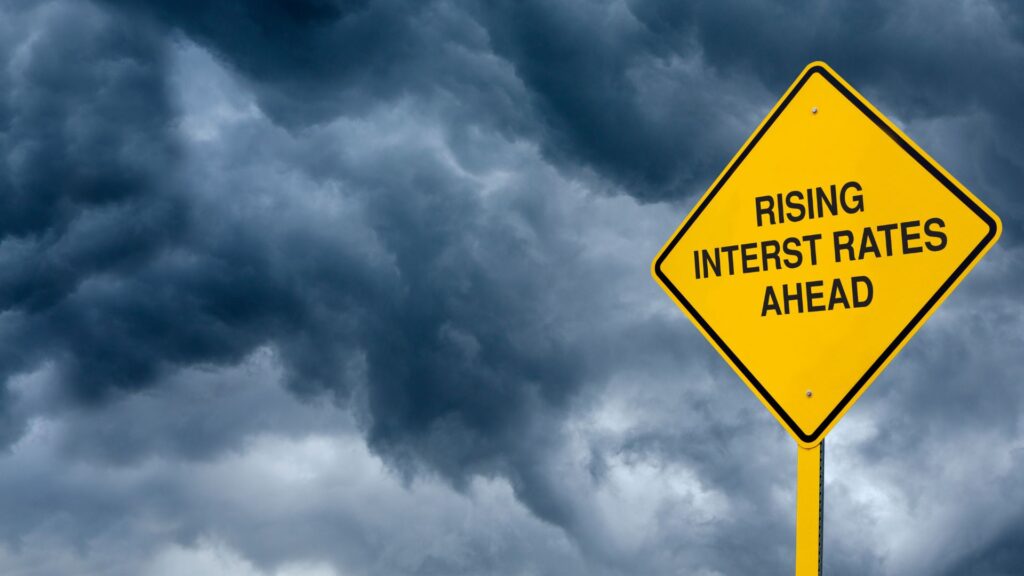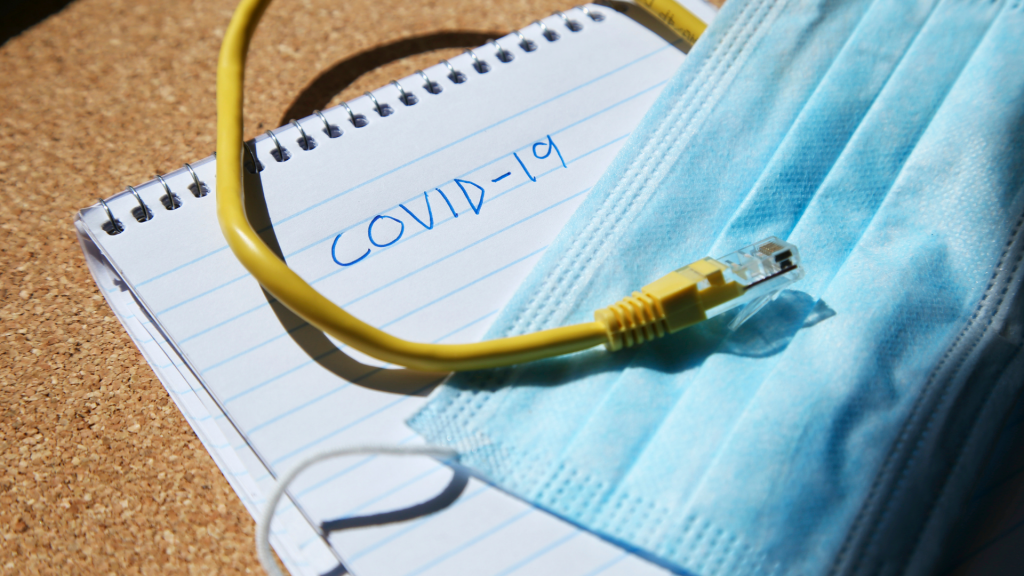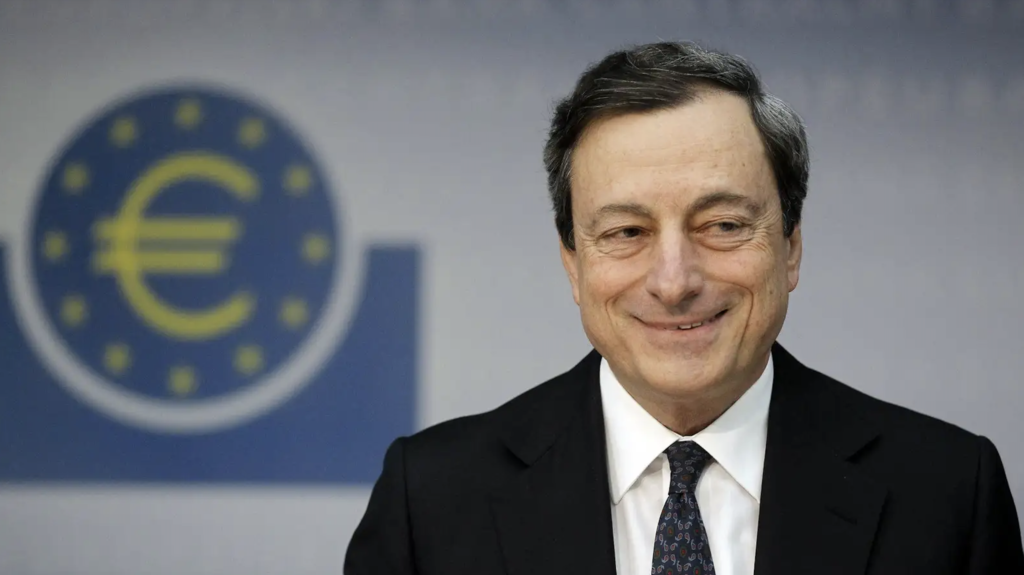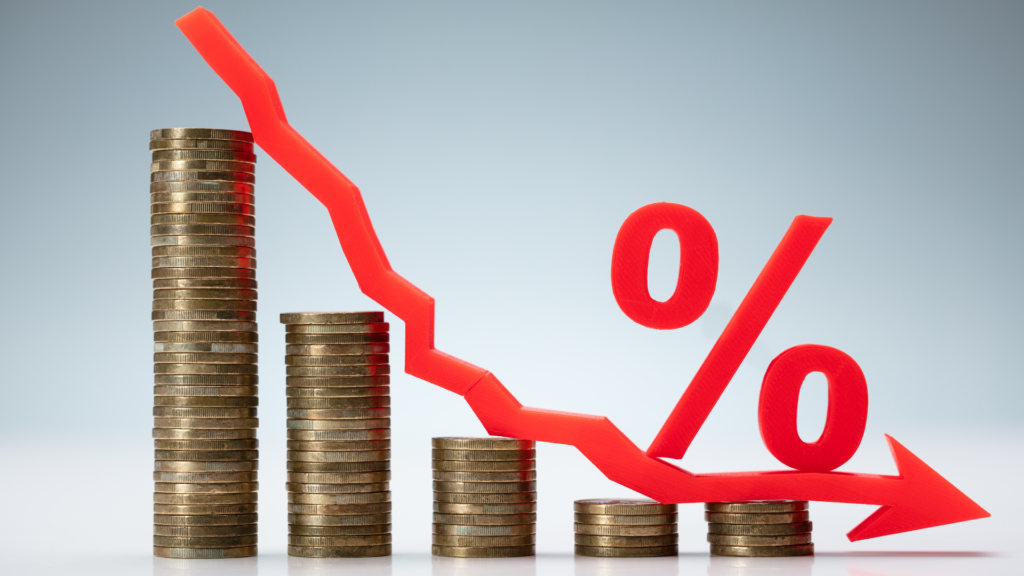
What is the fixed rate cliff?
Australian households are being financially hit like never before, facing the dual challenges of unprecedented increases to their home loan repayments and cost of living pressures not seen in 40 years. Since May 2022, borrowers have seen the cash rate rise by 4%, the largest and quickest rate hike for Australia since the 1980s. Inflation peaked at 8.4% in December 2022, a level not seen since the 1970’s.
While this may seem unbearable for many, there is more pain to come.
Amidst millions of home owners, many households have still been shielded by these economic pressures by the billions of fixed rate loans taken out during 2020 and 2021, during the height of the Covid-19 pandemic.
Many banking professionals and financial commentators have called this the “Fixed Rate Cliff” – the shock that many households have or will face when their fixed rates revert to variable rates, and they see their home loan repayments jump by around 30% or more.

This raises two important questions that we should all care about, and the central bank as the steward of Australia’s economic stability is definitely watching.
1. Could the Fixed Rate Cliff trigger a recession – as households tighten budgets further?
2. Could it trigger a collapse in the property market, with forced property sales – another trigger of financial instability and recession?
How did interest rate get so low?
To understand the causes of the Fixed Rate Cliff, we have to go back to the beginning – the onset of the Covid-19 Pandemic and even the Global Financial Crisis (aka “The Great Recession”).

While mask-wearing and social distancing have become a distant memory for many, cast your mind back to March 2023, and the worry and headlines that were surrounding us:
- 1000’s hospitalised
- 100’s of 1,000’s dead
- Unemployment rate of 12% or more (Treasury’s forecast was 10%)
- Deep economic recession that would take many years, even decades to recover from
- It was a health crisis not seen since the Spanish flu, and an economic crisis with warning bells of the Great Depression.
“But this time it was different” – international governments, no longer bound by the gold standard but armed with fiat currencies, floating exchange rates and flexible monetary policy – chose not to sit on their hands.

Borrowing from the GFC playbook, global economies responded to uncertainties of the Covid-19 pandemic with unprecedented fiscal and monetary stimulus.
The calling cry was once again “Whatever it Takes” – borrowing from former ECB President, and now Italian Prime Minister, Mario Draghi.
It’s important to note here, that global economies, including Australia, were already in an environment of very low and even negative interest rates, following the financial excesses of the GFC.
In Australia, we saw the Federal Government spend over $100billion on initiatives like JobSeeker and Cash Flow Boost, taking on$350 billion of Government gross debt over the pandemic period.

What did the RBA do during the pandemic?
The Reserve Bank of Australia (“RBC”) had its own part to play too in propping up the economy, with three mid-pandemic recession fighting initiatives:
Firstly, the cash rate was reduced to a record low, never seen before, 0.1% rate.
Secondly, the RBA began a yield targeting and bond-buying program to maintain expectations that rates would remain low at 0.1% in the mid-term. Indeed, the RBA Governor Philip Lowe provided extensive forward guidance that interest rates would remain at 0.1% at least until 2024 – something he would have to abruptly retract and graciously apologise for later!
Thirdly, the RBA set up an initiative known as the Term Funding Facility (“TFF”) which allowed Australian Deposit-Taking Institutions (ADI’s) to borrow from the RBA at ultra-cheap rates, also at 0.1% for a period of 3 years, based on the level of lending it had issued to small-to-medium-sized businesses (known as SME’s).

The TFF has been heavily blamed for causing the Fixed Rate Cliff – and here’s why.
The RBA’s original intent for the TFF, was to use banks as “shock absorbers” and as a transmission channel to facilitate the flow of credit to SME’s.
In other words, to lend a helping hand to the small business owner struggling to survive due wave after wave of Government lockdowns outside of their control.
However, here’s the catch – very little new lending flowed to small and medium businesses.
While banks enticed by ultra-low rates drew down on the TFF to provide their balance sheets with a source of financing that was cheaper than borrowing from more public markets (institutional / wholesale investors), most of this money flowed into housing credit.
Instead of financing SME’s, funds from the TFF found their way into new mortgage lending – and due to the 3-year nature of TFF – 2 and 3-year fixed rate loans specifically.
While variable rates also hit record lows, banks were opportunistic in not discounting variable rates to the same extent. Because variable rates make up the bulk of a bank’s loan portfolio, discounts would have to be offered to all variable rate holders, negatively impacting profitably.
Setting fixed rates cheaply rather than variable rates was a way for banks to maintain profitability, while still using low prices to attract new customers as well as locking in existing customers to prevent churn.
Banks thus had the ammunition and firepower they needed for the fixed rate pricing wars we saw over the course of 2021.
This explained the massive influx of ultra-low fixed rates, particularly from the majors. And because the amounts available under the TFF was based on the size of each banks loan portfolio’s, major banks with large balance sheets benefited disproportionately over their smaller rivals.
And as if cheap rates were not enough, low rates were complimented by extraordinary refinance rebates – particularly from Westpac, ANZ and challenger banks like Citibank and Suncorp – further adding fuel to the fixed rate fire.

How did the market respond to the record low rates?
From these confluence of factors, fixed rate loans increased from about 15% to a staggering 46% of all home lending in July 2021. In calendar year 2021, $266 billion in fixed rate loans were taken out.
One-quarter of fixed-rate loans outstanding in early 2022 have now expired; most have rolled on to a variable interest rate, rather than re-fixing at a higher rate. Another 40% of fixed-rate loans outstanding in early 2022 will expire by the end of 2023 and a further 20% by the end of 2024. This equates to 590,000 loan facilities in 2022, 880,000 in 2023 and 450,000 in 2024.
As at January 2023, of the $2.1 trillion home loan market, 35% or $735 billion was fixed. Around 65% or over $400 billion of these are due to expire by the end of 2023 and into 2024 – many loans with rates below 2% will revert to 6%+ if they have not already.
From the major banks’ balance sheets, here’s how many loans will be expiring in the remaining year. For CBA, $53billion of loans will expire between July to December 2023. For Westpac, $48 billion of loans will expire in the same period, while for NAB, $29.7billion of loans will expire between April and September 2023.
As the last of the TFF funds were funds were drawn down by banks in June 2021, we are now at the precipice or highest point of the Fixed Rate Cliff – most fixed rate loans will expire in July 2023, with the balance reverting to variable over the remainder of 2023.
Having looked at the backdrop of the fixed rate cliff, in Part 2 of this blog series, I will look into how the fixed rate cliff will impact households and the economy at large.
You can watch the full series of “Mortgage Cliff Explained“, containing all three parts, to learn more about the fixed rate cliff in video format. Follow the link below to our Youtube channel. Thank you for watching!
Find out more about this topic
If you have any questions or comments on this topic, you are more than welcome to get in touch with me ().

